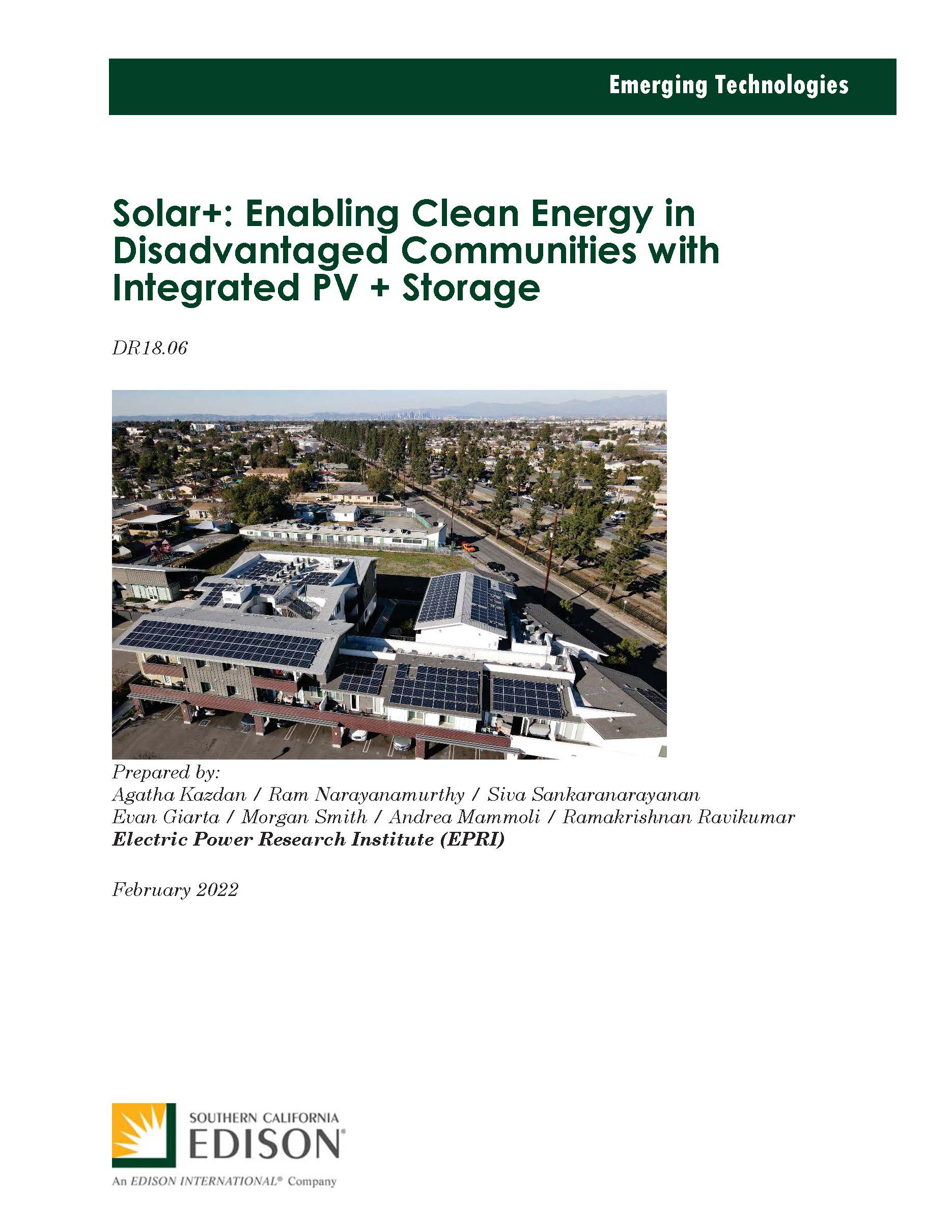Project Info
COMPLETE
 Project Title
Project Title
 Project Title
Project Title
Willowbrook-Integration to Enable Solar as a Distribution Resource
Project Number DR18.06 Organization SCE End-use Whole Building Sector Other Project Year(s) 2019 - 2022Description
Willowbrook Low-Income Multi-Family DER: Energy Storage with PV Study.
Project Report Document
Loading PDF Preview...
